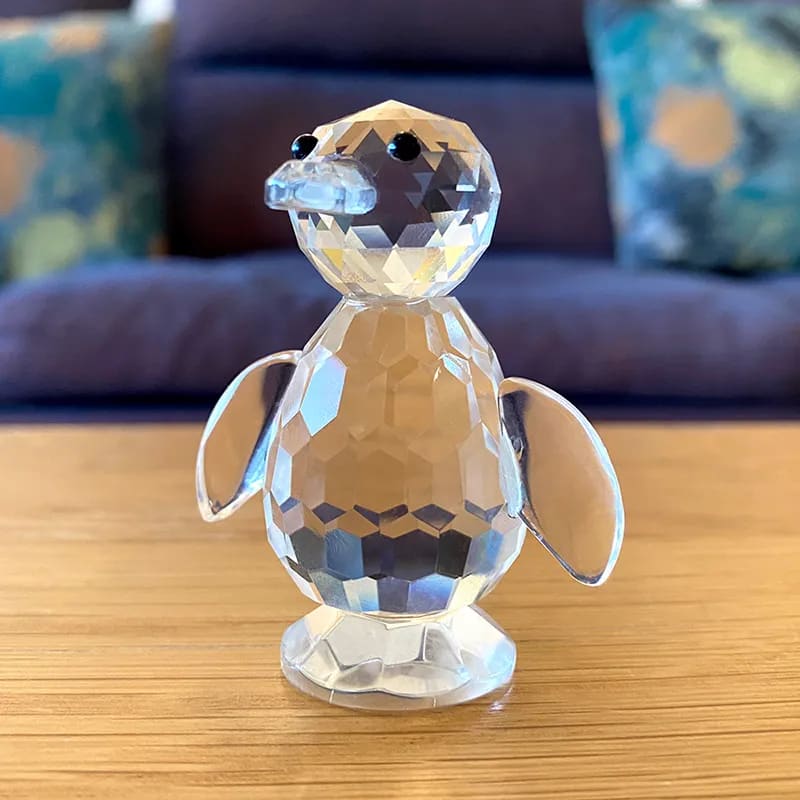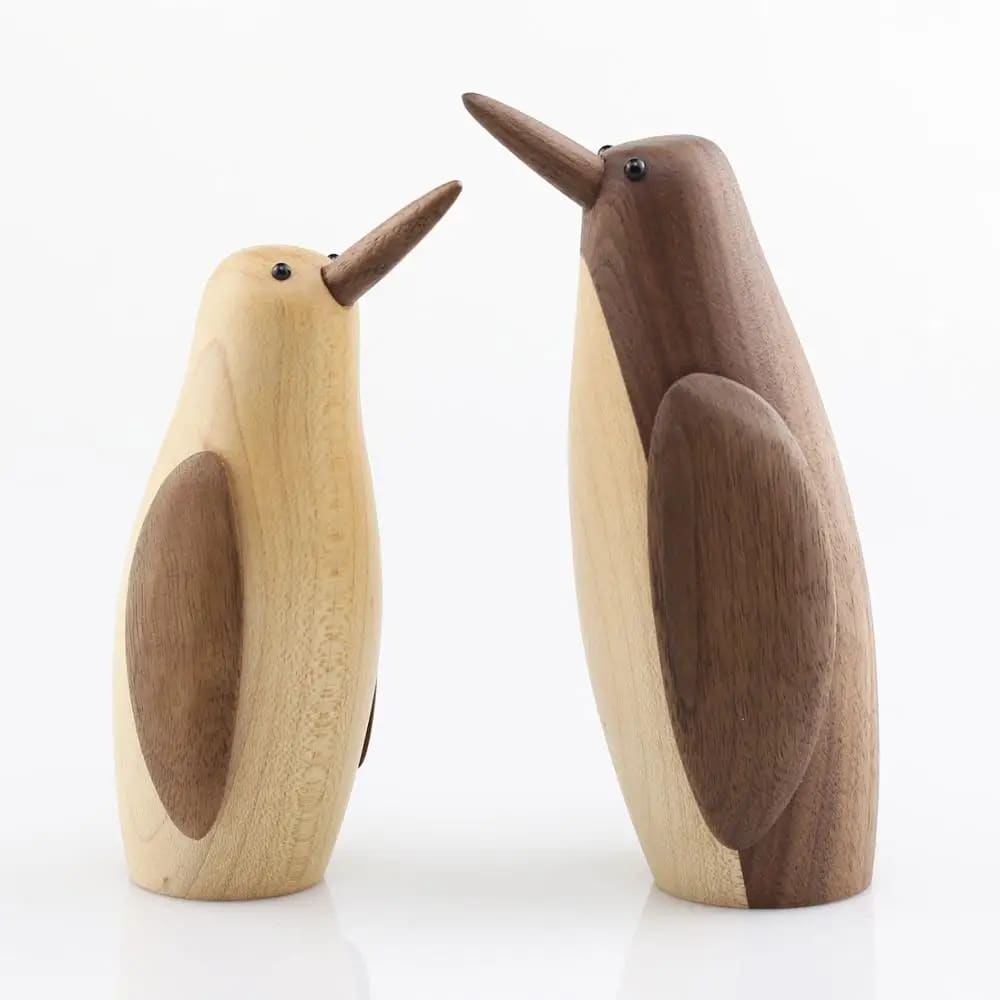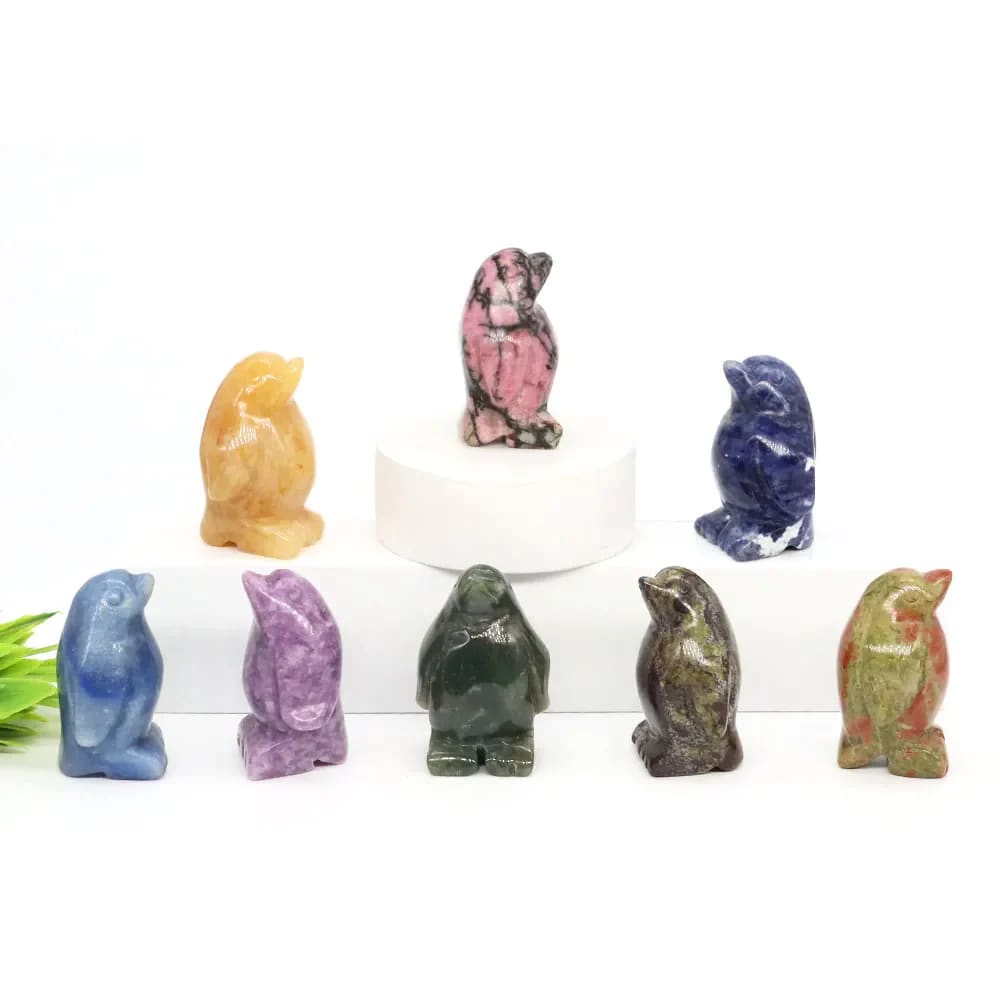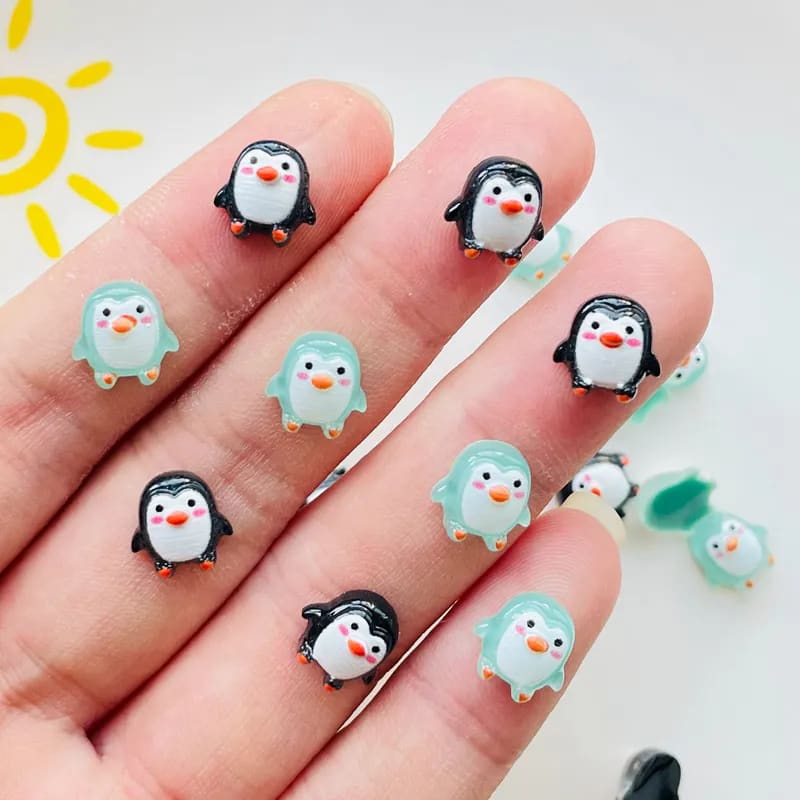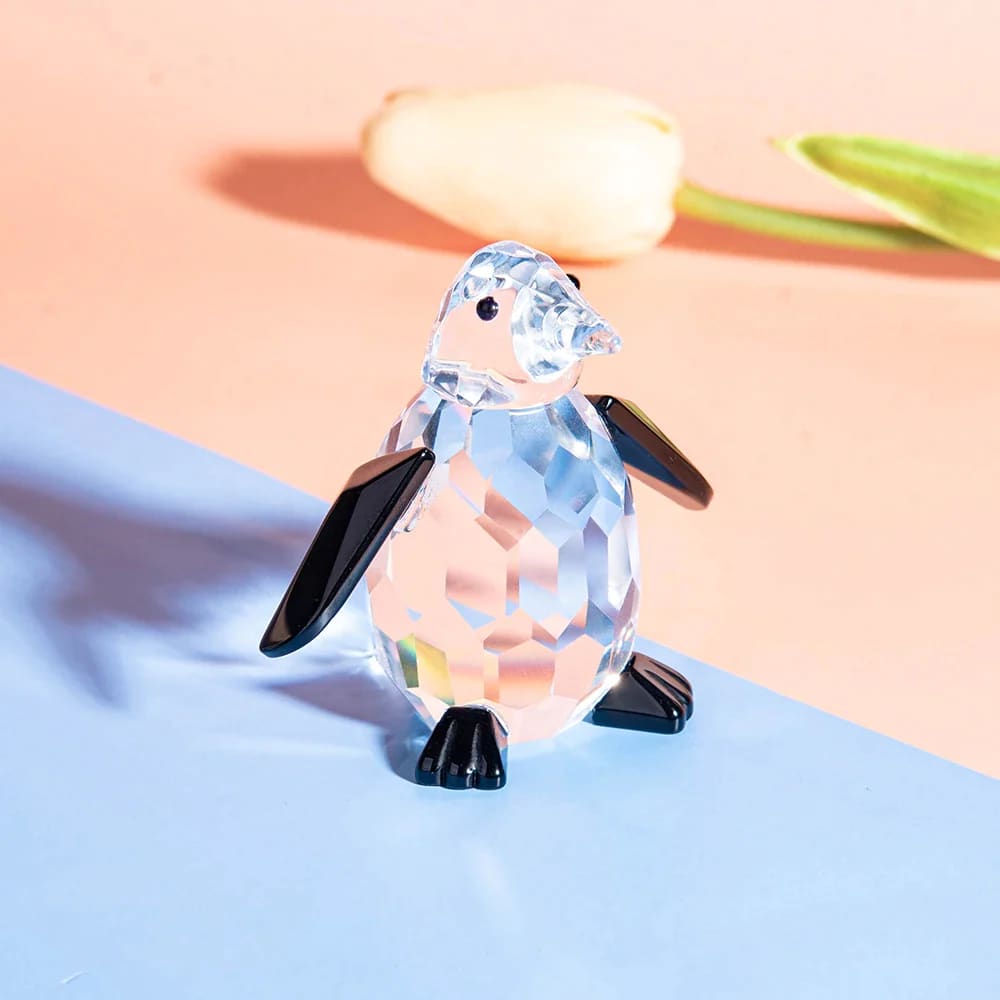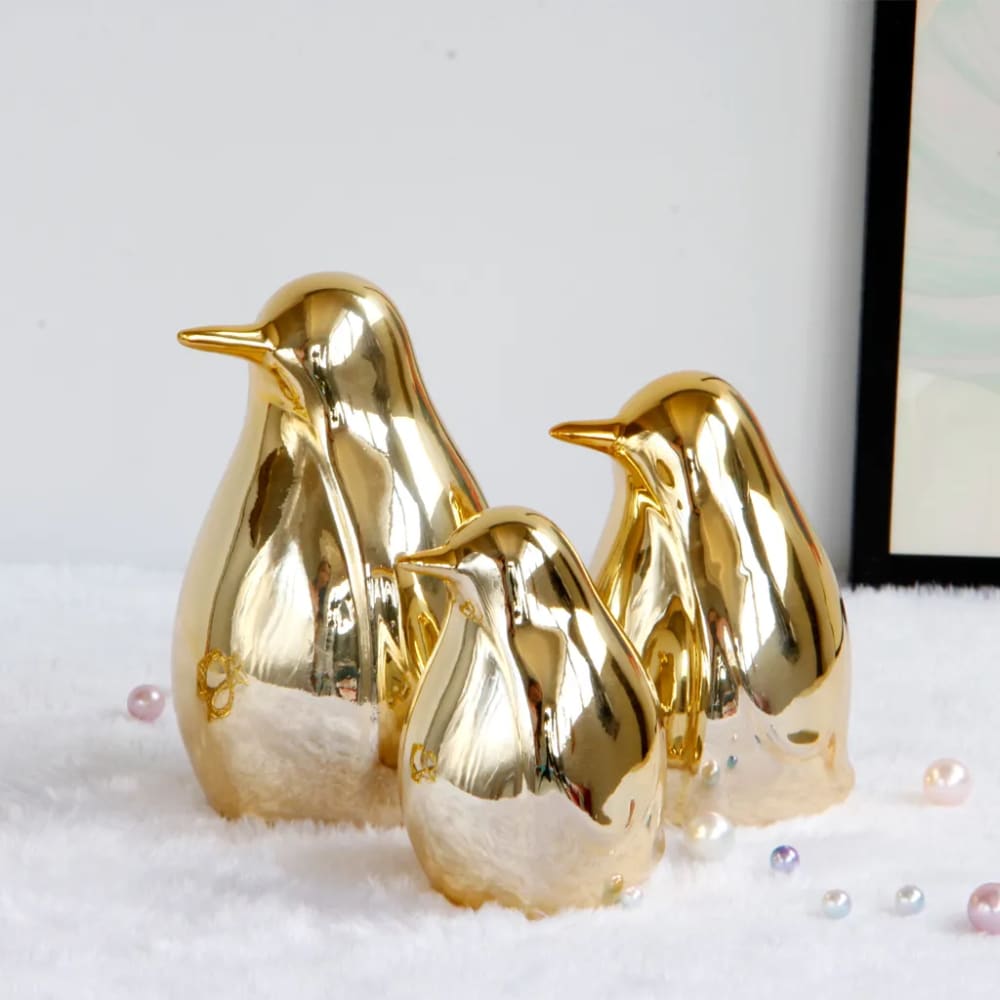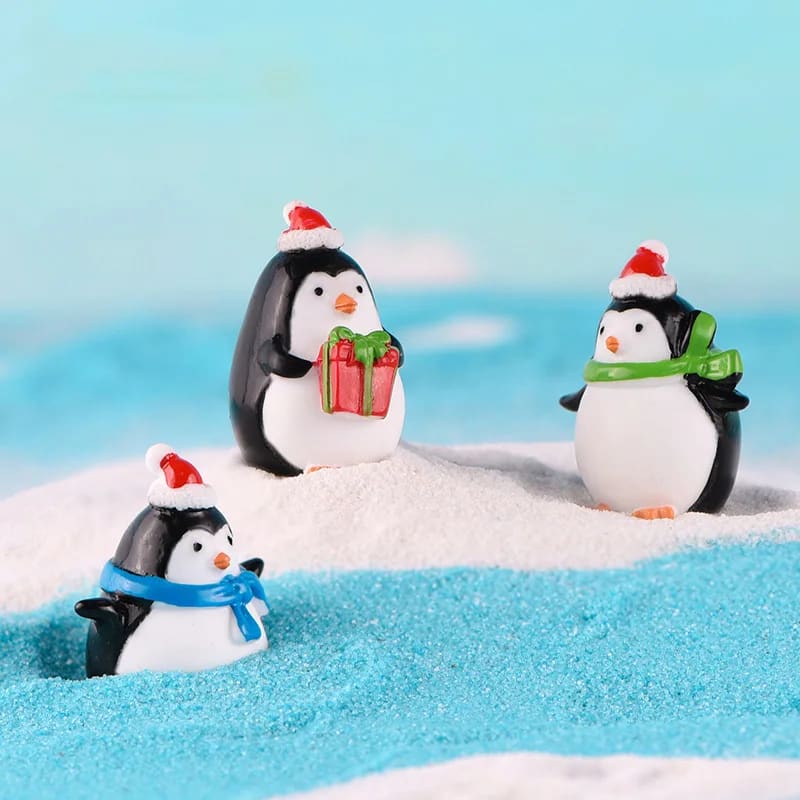How long is a penguin pregnant?
Understanding penguin pregnancy
When it comes to penguins, their reproduction cycle is fascinating. These flightless birds have a unique way of bringing new life into the world. Female penguins lay their eggs and then hand them over to their male counterparts for incubation. During this time, the females head off to sea to replenish themselves with food.
Penguin pregnancies are relatively short compared to other animals. On average, a penguin's gestation period lasts anywhere between 30 to 65 days, depending on the species. Despite the short duration, these resilient creatures have developed remarkable adaptations to ensure the survival of their offspring in harsh environments.
The emperor penguin's tale
Emperor penguins are known for their resilience and unique reproductive strategies. After mating, the female lays a single egg and transfers it to the male for incubation. This remarkable role reversal allows the female to regain her strength and restore energy reserves lost during egg production.
The male emperor penguin incubates the egg by balancing it on his feet and covering it with a special brood patch. This brood patch is a featherless area on the male's abdomen that is rich in blood vessels, enabling it to transfer heat efficiently to the developing chick. The male endures extreme cold and darkness during this incubation period, which can last up to 64 days.
Once the chick hatches, it relies on its father's warmth and protection for survival. The female, having returned from her oceanic feeding grounds, regains custody of the chick and nourishes it through lactation. This intricate and carefully synchronized process ensures the survival of emperor penguins in the harshest of environments.
Adélie penguins and their unique adaptation
Adélie penguins have their own unique approach to parenthood. After the female lays the egg, both parents take turns incubating it. The egg is balanced on their feet, covered by a warm and protective feathered pouch called the brood patch. This patch ensures a constant temperature for the egg's development.
The incubation period for Adélie penguins lasts approximately 34 to 38 days. During this time, the parents share the responsibility of protecting the egg from predators, keeping it warm, and allowing it to develop. Once the chick hatches, both parents continue to care for it until it is ready to be independent and join the larger colony.
Adélie penguins exhibit excellent cooperation and coordination in their reproductive process. Their ability to adapt to the harsh Antarctic environment is a testament to their resilience and determination to ensure the survival of their species.
Penguin parenting and nurturing
Penguins are known for their exceptional parenting skills. Once the chicks are hatched, the parents take on the task of nurturing and protecting them. This parental dedication can be witnessed across various penguin species.
Rockhopper penguins, for example, display remarkable agility and skill when it comes to climbing steep cliffs to reach their nests. These devoted parents will go to great lengths to ensure their young ones are safe and well cared for.
Protecting the young
Penguin parents go to great lengths to protect their chicks from predators and extreme weather conditions. Emperor penguins, as mentioned earlier, create tightly packed huddles to shield their young from the cold Antarctic winds.
Chinstrap penguins, on the other hand, build their nests with pebbles to elevate their eggs and chicks from the icy ground, protecting them from potential flooding caused by melting snow or rain.
Penguins have evolved various strategies to ensure the survival of their offspring, from creating protective nests and huddling together for warmth to regurgitating food for their chicks' nourishment. These nurturing behaviors are crucial for the survival of the penguin species.
Teaching independence
As penguin chicks grow, their parents gradually introduce them to the skills they need for survival in the wild. They teach them how to swim, find food, and interact with other members of their colony.
Once the chicks reach a certain age and maturity, they are ready to venture out on their own. This is a critical milestone for both the chicks and their parents, as it signifies a successful transition to independence.
Penguin parenting is a fascinating process that involves nurturing, protection, and teaching. It highlights the dedication and resilience of these incredible birds.
Penguins and their remarkable adaptations
Penguins have evolved numerous adaptations that enable them to thrive in their unique habitats. These adaptations are essential for their survival.
One of the most notable adaptations is their plumage, consisting of waterproof feathers that help insulate their bodies and keep them warm in cold water. This plumage also provides streamlined hydrodynamics, enabling them to swim efficiently through the water.
Flippers for swimming
Penguins have evolved flippers instead of wings, perfectly suited for life in the water. These specialized wings enable them to swim with incredible speed and agility, allowing them to catch prey underwater.
The structure of their flippers, with tightly packed bones and layers of muscles, allows penguins to propel themselves through the water with great force. This adaptation is particularly evident in penguins like the gentoo and chinstrap species, known for their impressive swimming abilities.
While penguins may be flightless, they have certainly mastered the art of swimming.
Countering the cold
The Antarctic and sub-Antarctic regions where penguins reside can be extremely cold. To combat the freezing temperatures, penguins have developed several adaptations.
One such adaptation is their ability to withstand the cold through tightly packed feathers. These feathers trap air, creating an insulating layer that keeps them warm. Additionally, penguins have a thick layer of blubber beneath their skin, providing further insulation against the cold.
Furthermore, penguins have a unique circulatory system. They can redirect warm blood from their body's core to their extremities, such as their legs and flippers, allowing them to conserve heat in vital areas.
Protecting penguin populations
The conservation of penguin populations is crucial for maintaining the ecological balance of our oceans. Here are some measures that can help protect these incredible birds.
Preserving their habitats
Penguins rely on specific habitats for breeding, nesting, and foraging. It is essential to preserve these habitats and ensure they remain undisturbed by human activities.
Efforts should be made to protect penguin colonies, nesting sites, and surrounding marine environments. This includes implementing regulated tourism practices, minimizing pollution, and establishing marine protected areas.
Preserving the natural ecosystems that penguins rely on is crucial for their survival and the overall health of marine biodiversity.
Reducing human impact
Human activities such as overfishing, climate change, and pollution have a significant impact on penguin populations. Sustainable fishing practices that consider the needs of marine life can help reduce the competition for food resources.
Furthermore, addressing climate change and reducing greenhouse gas emissions is vital for mitigating the effects of warming oceans and melting ice, both of which have profound consequences for penguins.
By reducing our environmental impact, we can contribute to the long-term preservation of penguin populations.
In conclusion, penguins have unique reproductive strategies and adaptations that enable their survival in harsh environments. Their parenting skills, remarkable adaptations, and need for conservation highlight the importance of these incredible birds. By understanding their lifecycle, protecting their habitats, and reducing human impact, we can ensure the longevity of penguin populations for generations to come.


